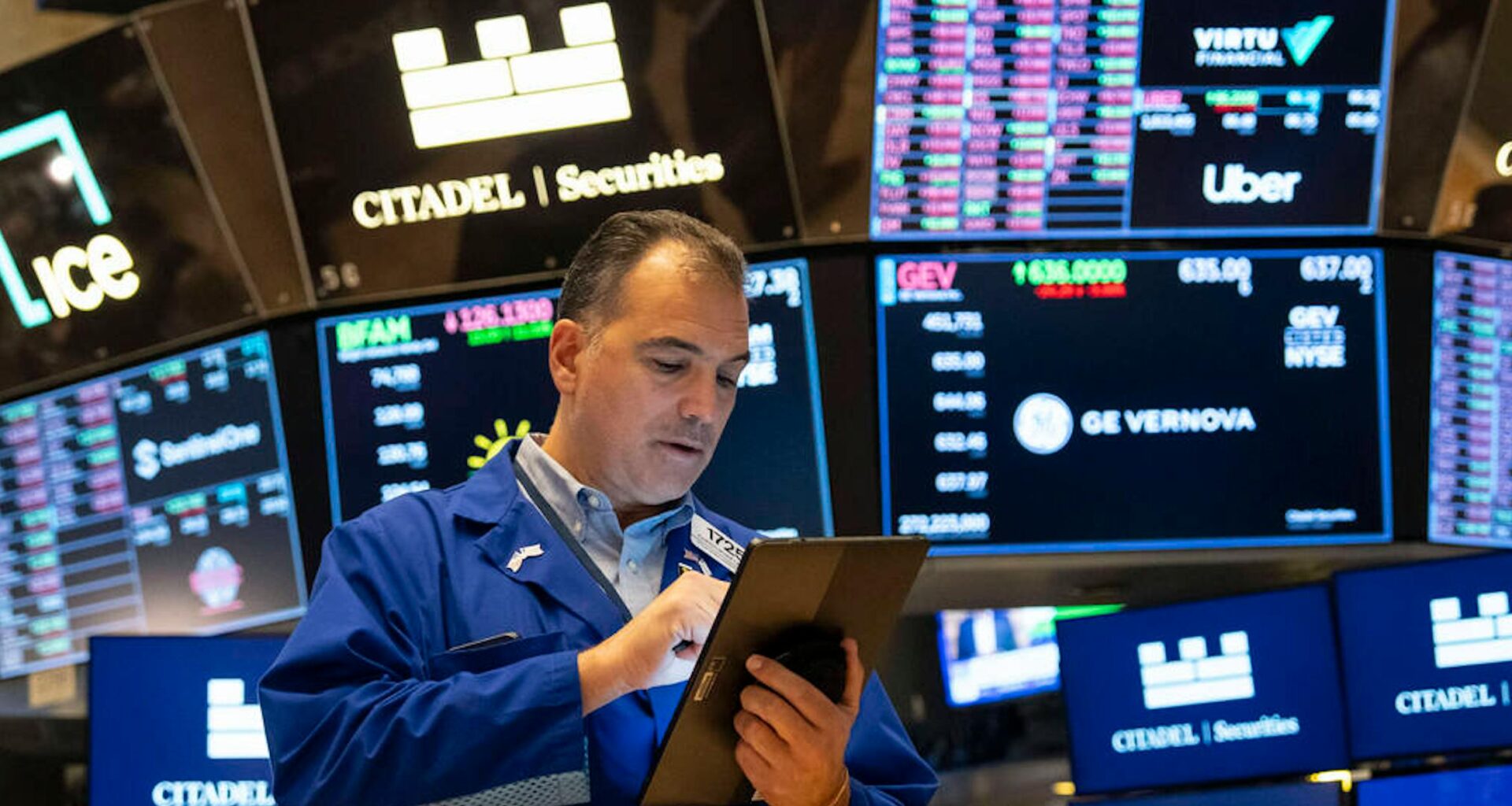The late summer positivity is pervasive on Wall Street.
That’s what a massive rally in stock prices will do.
Consider us as excited as everyone else that the S&P 500 has soared more than 30% since its April low. Recency bias will lead investors to feel like the good times are likely to keep rolling (and roll on they might). But let’s take a moment to appreciate the significance of what equities have done and point out some unusual features of our current market conditions.
When the S&P set a new all-time high on June 27, it capped the benchmark’s swiftest-ever recovery from a decline of at least 15%. In only 89 trading days, the S&P lost 20% from its high, then rallied all the way back.
Since then, the positive momentum has persisted, albeit at a slower pace. The S&P rose 2.2% in July and has grinded slightly higher thus far in August. But as the largest companies continue to deliver the biggest gains, the market has become ever more concentrated.
The largest seven stocks in the S&P 500 (Nvidia, Microsoft, Apple, Alphabet, Amazon, Meta and Broadcom) now make up 35% of the benchmark. If we include the 10 largest companies, that number rises to 40%. Earlier this month, Nvidia’s market capitalization grew so large that it became the first company to represent 8% of the S&P 500 on its own.
In terms of sector performance, technology’s trailing three-month returns have doubled the second- and third-best sectors. The NASDAQ finished July on one of its longest-ever stretches trading above its 20-day moving average (second only to a period in 1999). With that in mind, it’s no wonder you’re starting to hear comparisons between current market conditions and the late 1990s.
Those comparisons are, of course, premature, but current valuations are by no means cheap. The S&P’s forward price-to-earnings (P/E) ratio has climbed above 22. Only once in the last 10 years has its forward P/E topped 23. In other words, these are not unprecedented levels but certainly unusual.
